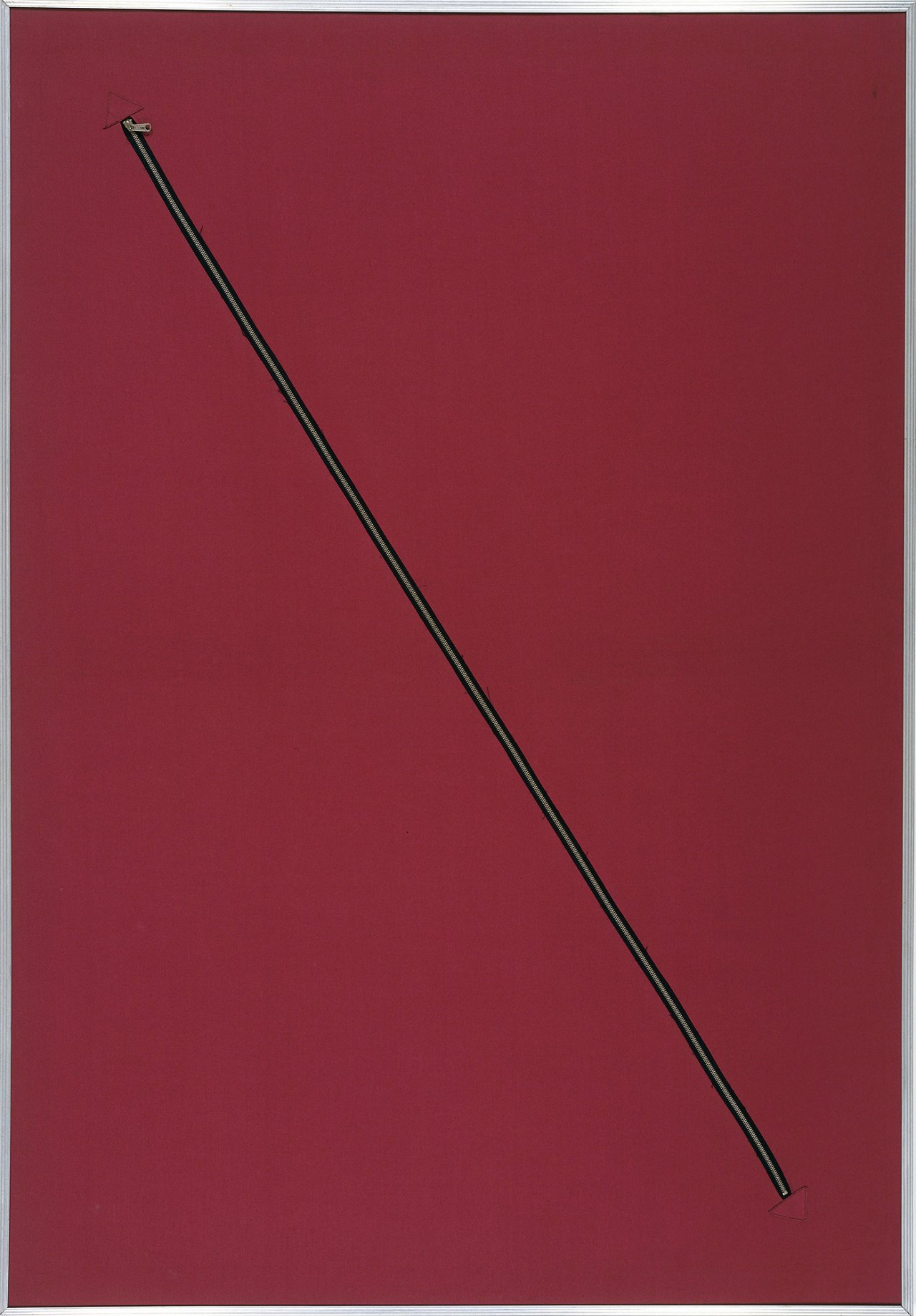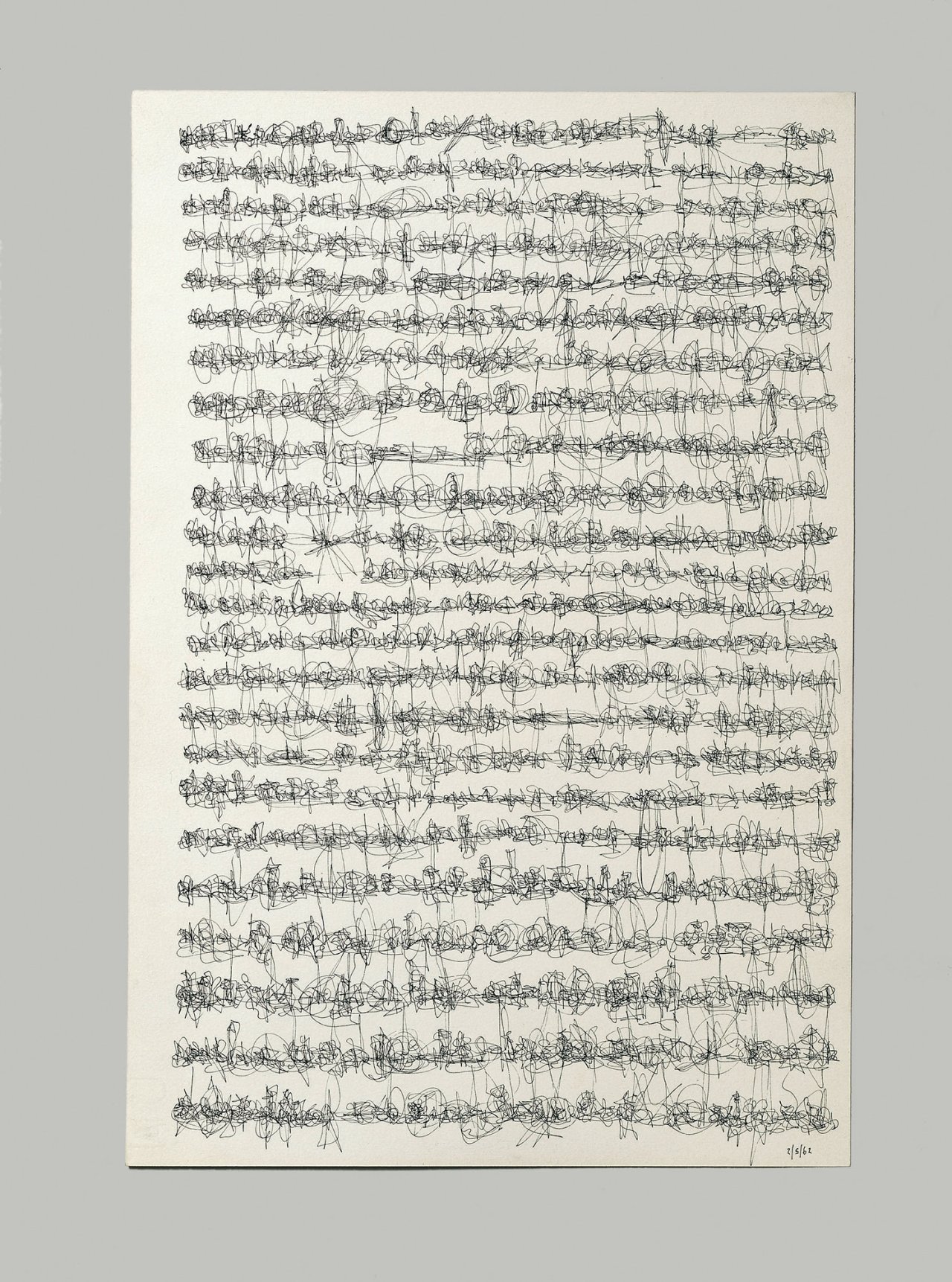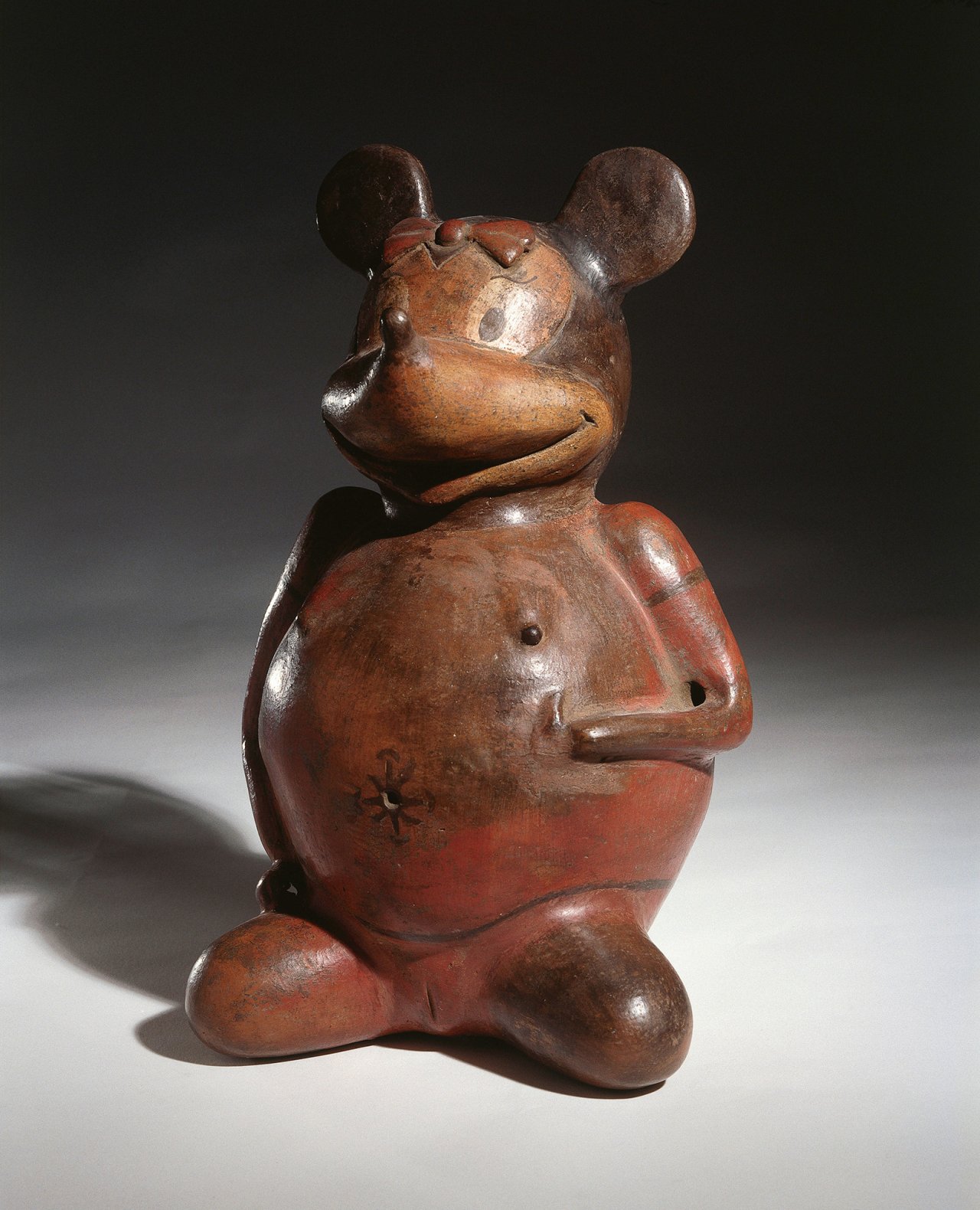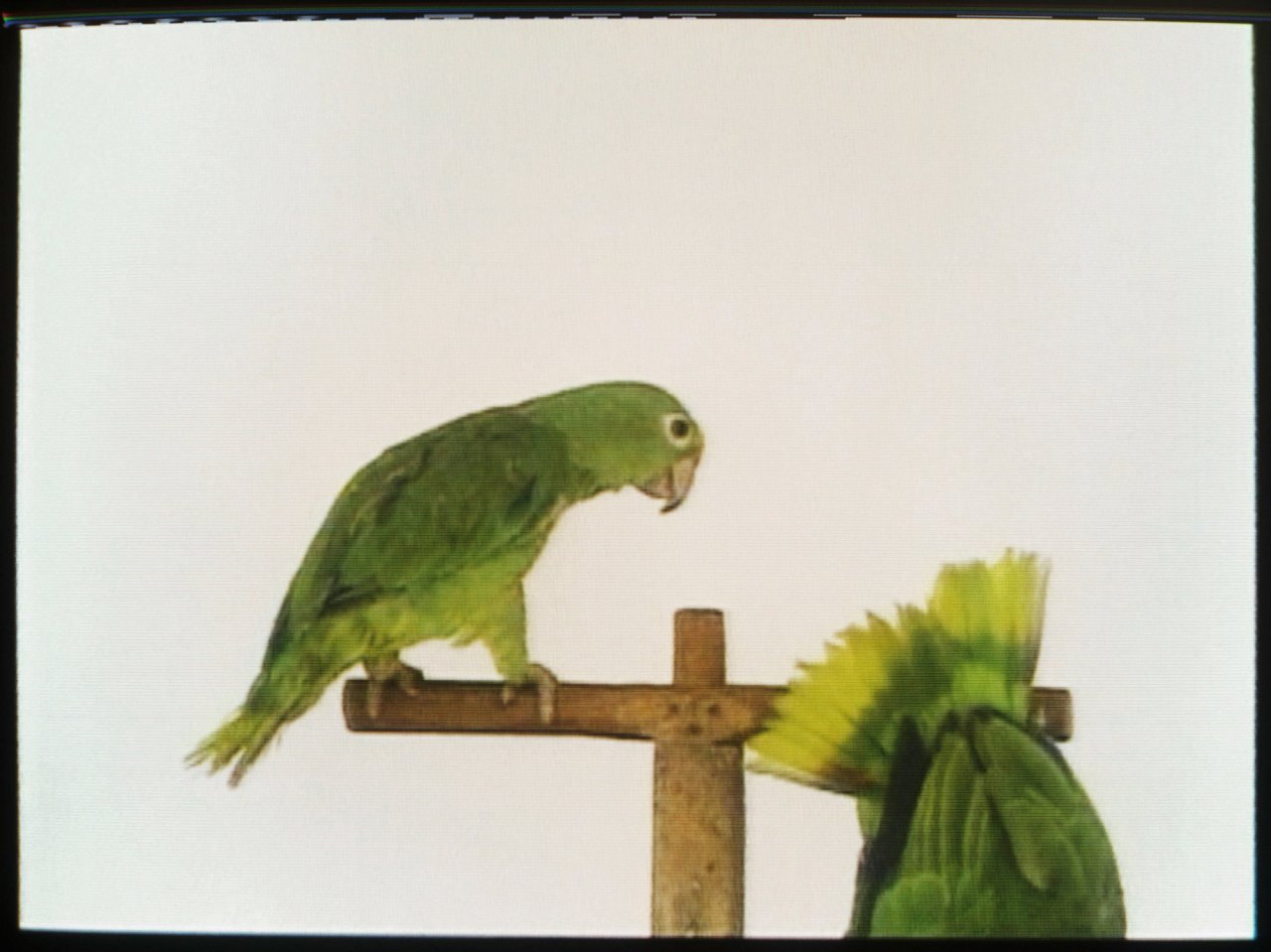The Tower of Babel focuses on Latin America’s experience of violence, the inherent breakdown of language revealed in profound confrontations by five seminal artists from the region: Lenora de Barros, Juan Manuel Echavarría, León Ferrari, Nelson Leirner and Nadín Ospina. The five selected artists provide a representation of Latin American contemporary art from the 1960’s to the present from the perspective of three major countries: Argentina, Brazil and Colombia. Their works deal with a diverse history of struggle for freedom in periods of violence, silence and censorship from a distinct Latin American perspective.
Latin America for its historical condition of migration and forced migration, for better or worse, through violence and incredible leaps of imagination, has for centuries been a space where struggle meets the reinvention of cultural synthesis. This exhibition can be seen as an archive of radical political dissent and the demand for human rights. The presented artworks reveal and confront fundamental threats to a multiplicity of viewpoints, from a distinct Latin American perspective -- threats which are gaining dangerous traction in today’s world.
Centre piece of the exhibition is the work Guerra y pa’, 2001 by Colombian artist Juan Manuel Echavarría’s (Medellin, Colombia, 1947). Consisting of a single channel video, it shows two parrots randomly exchanging the words Guerra (war) and Pa’ (peace, with its final letter “z” missing). The impossibility to speak the word for peace in full symbolizes war’s violent power of mutilation and silencing - a permanent state of incompleteness and impotence.
In Lenora de Barros’s (São Paulo, Brazil, 1953) iconic Poema (1979-2012), six photographs register a private performance where the artist’s tongue interacts with a typing machine in such a way that the machine seems to be devouring and begging for words. De Barros followed a long practice of creating art in relation to newspapers and their broad audience and speaks to the violence enacted upon the bodies of those who dare to speak out in the face of injustice.
Another key body of work from the collection confronting censorship are the Letters (Untitled) of Argentine artist Leon Ferrari’s (Buenos Aires, Argentina, 1920 – 2013). Ferrari’s “written drawings”, executed throughout the 1960’s and 1970’s, are a powerful aesthetic experiment at the crossroads between communication and its impossibility when clouded by violence. Intended originally as letters to the generals, they are an encoded game between the suppressed need to say something, and the challenge of survival for anyone outspoken in a society silenced by military violence and imposition. These drawings, though illegible, resonate with an uncanny force. They are a visual cipher which creates an aesthetic beauty challenging power through silent poetry. They are oscillating marks powerful enough to shout unspoken words with resonance.
Nelson Leirner (São Paulo, Brazil, 1932 – 2020 Rio de Janeiro) and Nadín Ospina (Bogota, Colombia, 1960), both from very distinct viewpoints, make use of humor to explore and invert the idea of Latin America as a locus of consumption of Western culture, giving a nod to the pop traditions of the second half of the 20th century. Nelson Leirner’s Homenagem a Fontana I (1967), arguably one of the most important works in his oeuvre, stiches the classic Fontana incision with a zipper, again closing the “other side” of the canvas with a material associated with the American blue jeans industry. Nadín Ospina re-appropriates pre-Colombian sculpture with symbols taken directly from the Disney iconography which flooded Latin America and thus questions the concept of an untainted culture in our time.
The Tower of Babel is an allegory of all that wrestles, in a place where all divisions began with the sin brought by language, the great virus. From an anthropophagic point of view, a very specific Brazilian reinterpretation of the world, where the other, can always be confronted, but also devoured and incorporated. Both theoretically and through lived experience, this Brazilian cosmology of interpretation, shadows the genesis of the nation, to present its experiences as a possible first, in the level of upheaval against the differentiation of tongues and cultures.
It is said that ‘love’ and ‘hope’ are eternal. Yet it is unbelievable that we live in a time when it is much easier to imagine war and destruction than peace. One should remember the primordial function of art, which is to shake up the imagination beyond the imaginable. One should think today of the lessons contained in the myth of the tower of Babel and the scattering of the people in the land and avoid war.
The works in this exhibition present powerful lessons from the past, that continue to resonate for the present and future





